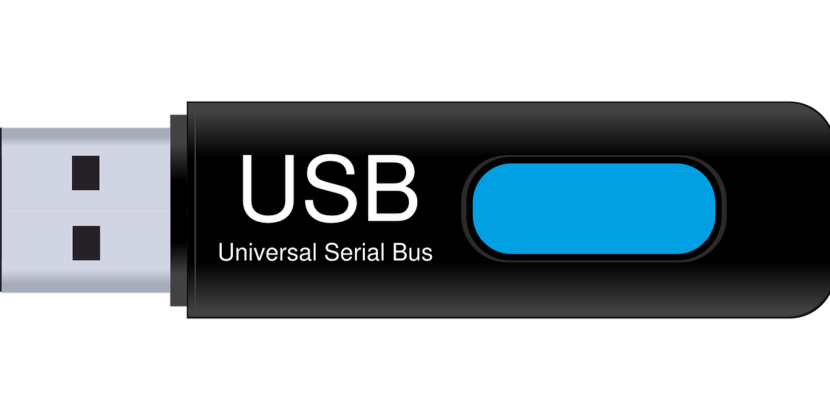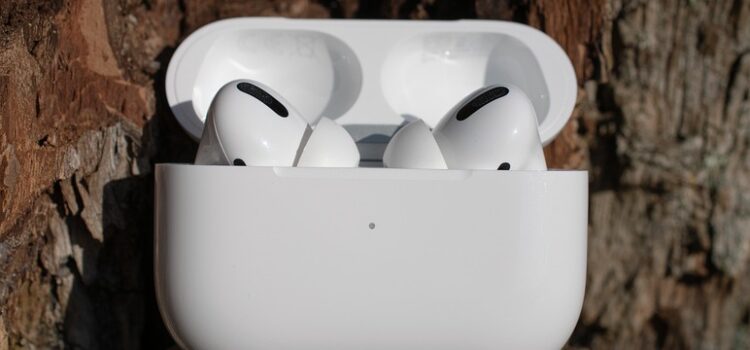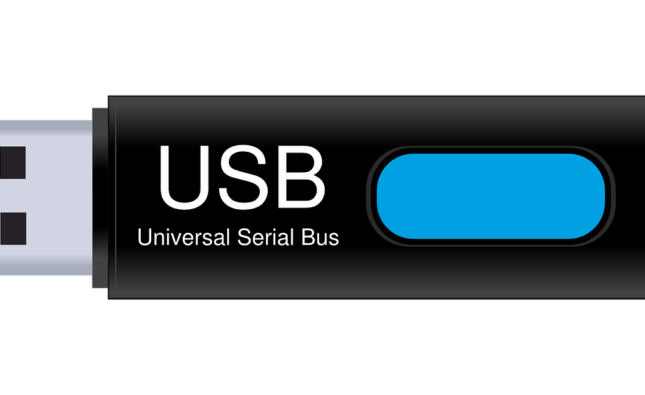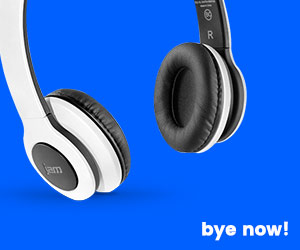
the H2 chip of Apple, these headphones deliver significant enhancements in music and call quality. Plus, there’s the cool feature of nodding or shaking your head to accept or reject Siri announcements!
These truly wireless earbuds offer superior audio performance, and are well worth looking at even if active noise cancellation isn’t your primary goal.
Sound
As with previous AirPods, the 4’s are an excellent pair of headphones for listening to music and podcasts. While not as noise-cancelling as Pro 2s or Bose QC Ultra Earbuds, they still do a decent job filtering out environmental noise that interferes with audio clarity – something the Bose QC Ultra Earbuds excel at doing – making lyrics or voices clearer to hear in songs or podcasts.
Apple upgraded their earbuds with an updated acoustic architecture and amplifier, as well as changing the angle of drivers for improved sound quality. Coupled with H2 chip’s processing power for adaptive equalization (which automatically optimizes audio quality as buds enter and leave ears), this upgrade promises an amazing audio experience.
The buds provide a satisfying amount of bass for an ideal combination of low-end oomph and natural-sounding mids, without overemphasizing treble compared to some other headphones, which could render high-frequency details (such as bird calls or delicate piano strings plucking) less distinct.
AirPods 4 have an outstanding weighted harmonic distortion performance with only minor issues in the upper-mids and lower treble regions that should not be audible by most listeners. We found their treble extends well into higher octaves than competing models which might restrict this section due to listener preference or technical considerations.
Design
Apple’s AirPods 4 feature slimmer stems than their previous generation and are lighter to boot, plus more ergonomically comfortable when wearing jackets or coats – essential considering you may keep them in for hours while listening to music or taking phone calls!
AirPods Pro 2’s hallmark improvement lies in their inclusion of Active Noise Cancellation (ANC), allowing it to block out ambient sounds while you listen to music or make hands-free calls.
Apple’s H2 chip also powers smart features on Apple ANC models such as Transparency Mode, Adaptive Audio and Conversation Awareness. Adaptive Audio can automatically adjust background noise reduction based on where and how you are using the headphones; Transparency Mode lets you hear what is going on around you when taking them off your ears.
The microphones of these earbuds feature advanced technologies like dual beamforming mesh-covered microphones that reduce wind and ambient noise while clarifying your voice during FaceTime calls, with low wireless audio latency for an enjoyable gaming experience. You can even use a new force sensor on the stems to play or pause media and mute or end calls with just one press!
Battery life
The AirPods 4 offer similar battery life to their Pro 2 counterpart, offering approximately five hours of playback without noise-canceling enabled and four with it active; their case provides up to 30 hours of total usage time.
The case itself is smaller than before, yet has an easy-to-find feature. When connected to power, its orange light illuminates and then goes dark once complete charging has occurred – an improvement over previous models which simply offered an indicator light at the back of its case.
Case changes also include an IP54 rating to ensure it can withstand dust, sweat and water; although we still recommend against taking them swimming. Furthermore, it has become slightly taller, making it more comfortable when lying down or tilting your head sideways.
One minor hardware annoyance is that Apple now uses its case’s front sensor as both a pairing sensor and factory reset trigger, meaning you must tap twice to put your AirPods into pairing mode and triple tap to reset them; their official documentation doesn’t mention this feature, so you may have to read through small print on your case itself to figure this out. Previously, this sensor only lit up when charging or when AirPods had been disconnected from its case.
Controls
Apple’s AirPods 4 come packaged in a sleek charging case that charges via USB-C, featuring the buds themselves along with white eartips and documentation in one neat bundle.
Though AirPods 4 without active noise cancellation lack some of the features of Pro 2 (such as ANC and Transparency modes), they still deliver great sound quality, battery life and controls. You can pause/resume music with just a swipe of a finger across an iPhone Control Center volume fader; accept/decline calls using Siri, adjust audio settings via your phone/iPad; nod/shake your head to activate Siri; respond to questions posed by it directly!
Not only can the iOS app allow for setting audio preferences, but it also offers controls over adaptive EQ (which automatically adapts frequency response based on your environment), automatic ear detection and pairing, Optimized Battery Charging, Head Gesture Controls, as well as Optimized Battery Charging. Unfortunately you cannot adjust speed or press-and-hold duration of single or double tap on earbuds or disable an option that automatically rewinds podcast episodes every 30 seconds; nor can individual EQ bands be adjusted – something Bose’s Ultra Open headphones do. Finally when removed the buds allow some outside sounds through while remaining within this approximation is provided when used alongside Bose Ultra Open headphones as part of its design.










